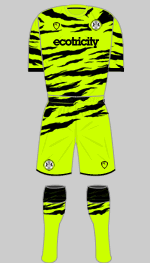Kit History
Forest Green Rovers
1898
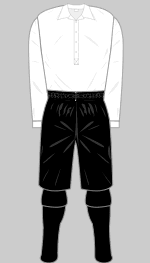
1898-1899 b
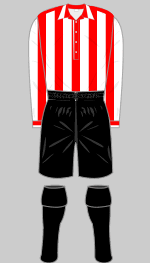
1899-1911 b
Nailsworth & Forest Green United
1911-1913
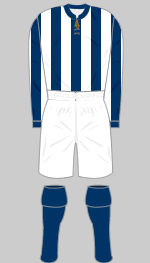
1911-1913 b
Forest Green Rovers
1919
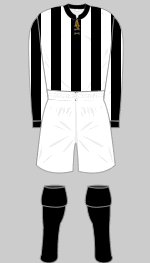
1919-1921 b
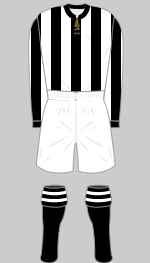
1921-1922 b
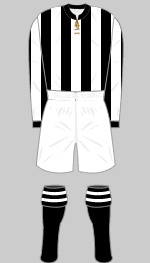
1926-1927 b
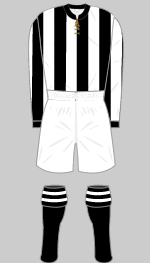
1934-1936 b
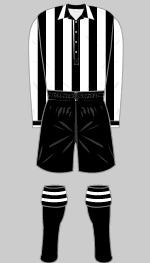
1937-1938 b
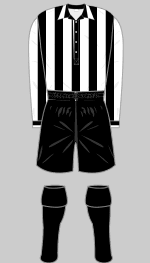
1945-1947 b
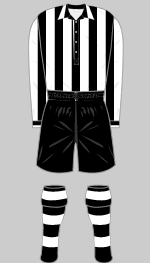
1947-1948 b
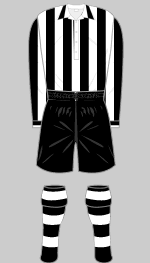
1948-1953 b
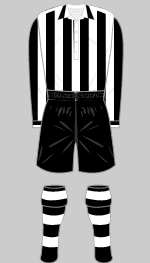
1954-1961 a b
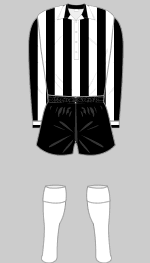
1961-1964 b
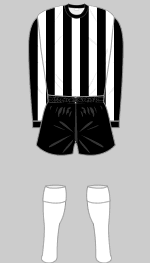
1964-1965 b
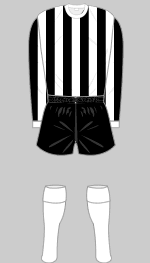
1965-1966 b
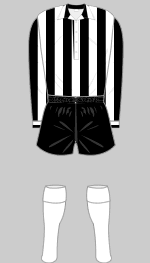
1966-1967 b
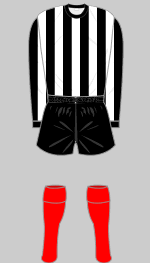
1968-1973 b
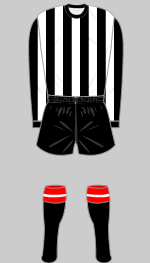
1973-1976 b
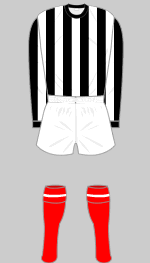
1977-1978 b
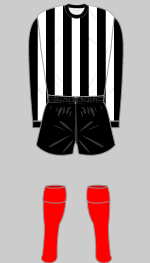
1980-March 81 b
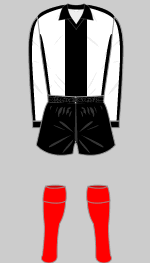
March 81-1983 b
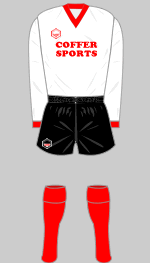
1983-1984 e
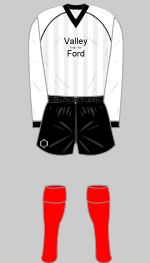
1984-1985 b
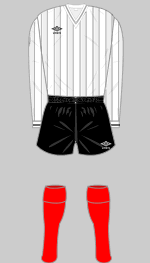
1985-1987 b
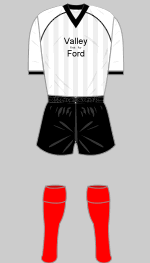
1987-1988 b
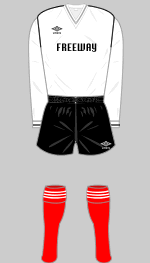
1988-Feb 1989 b
Stroud
1989
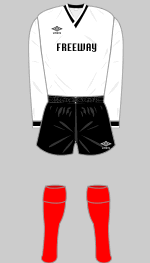
March 1989-1990 b
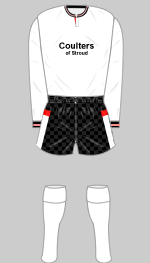
1990-1991 b
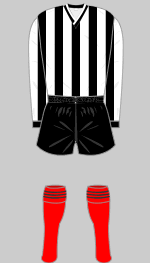
1991-1992 b
Forest Green Rovers
1992

1992-1994 b
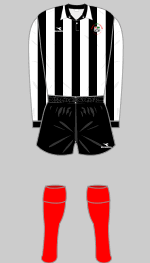
1994-1995 b
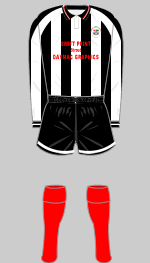
1995-1996 b
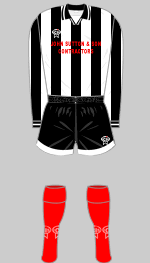
1996-1997 b
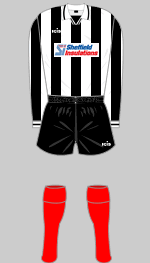
1997-1998 b
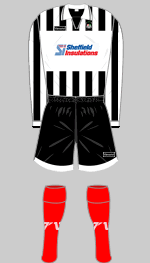
1998-2001 b
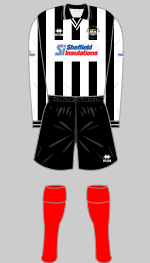
2002-2003 b c
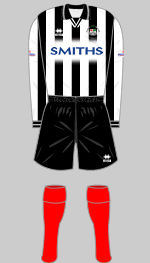
2003-2004 b
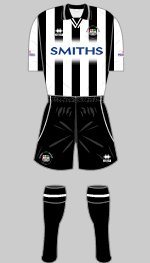
2004-2006 b d
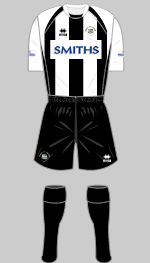
2006-2007 d
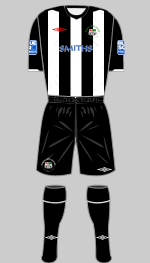
2007-2008 d
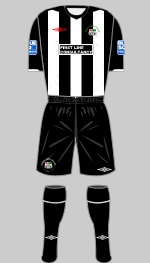
2008-2009 d
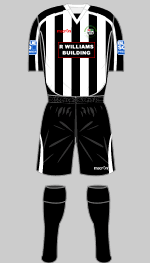
2009-2010 c d
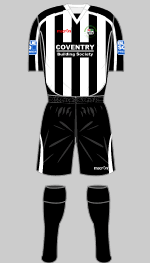
2010-2011 c d
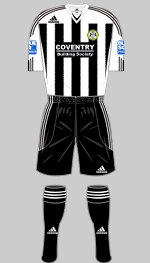
2011-2012 d
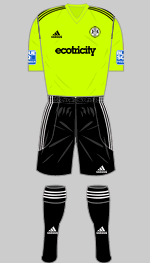
2012-2013 a
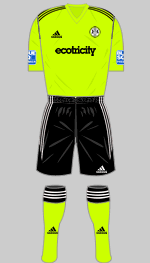
2013-2014 a
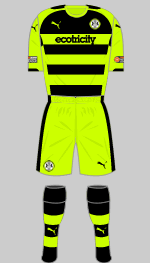
2014-2016 a d
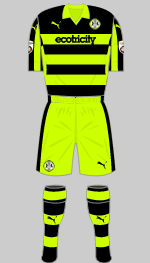
2016-2018 a
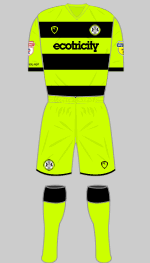
2018-2019 a
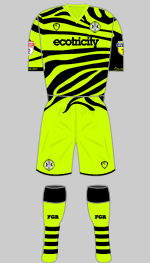
2019-2021 a
Background
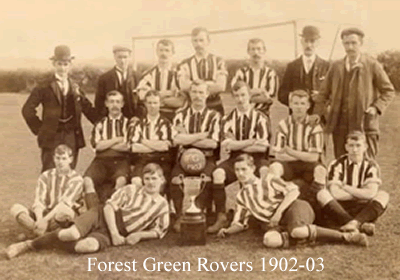 Forest Green FC was originally formed by Rev EJH Peach in 1889 in the hamlet of that name which sits on a hill overlooking the small town of Nailsworth in Gloucestershire, giving rise to one of their nicknames, "The Friendly Club on the Hill." In 1893 press reports describe the team as "Forest Green Rovers."
Forest Green FC was originally formed by Rev EJH Peach in 1889 in the hamlet of that name which sits on a hill overlooking the small town of Nailsworth in Gloucestershire, giving rise to one of their nicknames, "The Friendly Club on the Hill." In 1893 press reports describe the team as "Forest Green Rovers."
After five seasons playing friendlies, Forest Green joined the newly formed Mid-Gloucestershire League. Efforts to gather support (and funds) from neighbouring Nailsworth proved fruitless. When, in August 1895, a meeting was held in the town to promote the formation of a new football club there, a member of the Forest Green committee, disarmingly called Mr A Cakebread, spoke in support. As a result, Forest Green Rovers became Nailsworth FC although they still played on Forest Green's field and competed in the same league. The experiment was not a success and in October 1896 the club withdrew from the league and it is assumed they were wound up.
In 1898 Forest Green Rovers was reformed. A photograph shows the players in smart white collared shirts, black knickers and stockings. Unusually for what was still a village club, the players are identically kitted out. The following season Forest Green joined the Gloucestershire FA and registered their colours as red and white. Teams were entered in the Mid-Gloucestershire League (which folded in 1901) and the Dursley & District League. In fact the club generally fielded sides in two league competitions right up until 1937.
Rovers' first silverware was the Dursley & District League title, won in 1903 after a play-off against Stonehouse FC, a match watched by around 1,000 spectators, a considerable number for a minor competition. In 1907 the team playing in the Stroud & District League finished bottom with no points, having had the two they had earned from a solitary win deducted after they fielded an ineligible player.
In 1911, following a merger with Nailsworth FC, the club changed its name to Nailsworth & Forest Green United and the team wore the blue and white colours of the Nailsworth team. Once again the amalgamation of the two rivals ended in acrimony and the club withdrew from the Stroud & District League after incurring heavy fines for failing to fulfil three fixtures. An additional penalty of 10/- (50p) was levied and the players were banned until the fines were paid off ensuring that the club was closed down following which the outbreak of war prevented any thoughts of re-forming.
Forest Green Rovers was reconstituted in 1919 and re-entered the Stroud & District League, registering their colours as black and white. In the inter-war period, Forest Green's teams enjoyed considerable success and in 1926 their playing field was enclosed for the first time and christened, "The Lawn." A decade later the committee bought the freehold at auction for £120.
After the Second World War a Supporters' Club was formed and due to their efforts, The Lawn was improved and played host to County representative matches and cup finals. A social club was opened in 1968, providing a new source of revenue. Having competed in various district leagues since their formation, Forest Green became founder members of the Gloucestershire County League that year.
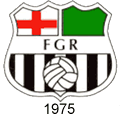 In 1975 Rovers joined the Hellenic League, the first time that they had competed at regional level. A new crest was introduced bearing a striking resemblance to that of CF Barcelona. The team quickly adapted to the higher standard and in 1982 they won the
In 1975 Rovers joined the Hellenic League, the first time that they had competed at regional level. A new crest was introduced bearing a striking resemblance to that of CF Barcelona. The team quickly adapted to the higher standard and in 1982 they won the 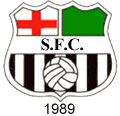 championship and the FA Vase, beating Rainsworth Miners Welfare at Wembley. The following season, they joined the Midland Section of the Southern League.
championship and the FA Vase, beating Rainsworth Miners Welfare at Wembley. The following season, they joined the Midland Section of the Southern League.
In 1989, faced with a financial crisis, the club's name was changed to Stroud FC. This attempt to broaden their appeal served only to alienate long standing supporters. With a new board in charge they reverted to their former name in 1992 and updated their crest into the bargain. After switching to the Southern Section of the 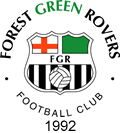 Southern League, FGR won two successive promotions (1997 and 1998) to win a place in the National Conference.
Southern League, FGR won two successive promotions (1997 and 1998) to win a place in the National Conference.
In 2002 plans were announced to build a new stadium (still within the hamlet of Forest Green) that would meet Football League standards. Planning permission was granted in 2005 and The New Lawn was completed a year later, funded by the sale of the original ground for housing.
Rovers' career in the Conference was modest and they twice finished in the relegation zone only to be reprieved after Northwich Victoria (2005) and Salisbury City were demoted (2010) for breaches of the rules.
During the 2009-10 season the chairman, Trevor Horsley, revealed that the club was in serious financial difficulty. In August 2010, green energy tycoon, Dale Vince launched a takeover bid. Vince, a former New Age traveller who went on to make a fortune through the generation of green energy, became chairman a few months later and ultimately converted the club into a wholly owned subsidiary of Ecotricity Ltd, the company founded and owned by Vince. Rovers narrowly avoided relegation the following season but then their results improved considerably.
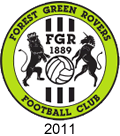 After consultations with supporters, a new crest was introduced for the 2011-12 season and a year later it was announced that the club would drop it's traditional colours in favour of lime green and black (black and white was retained in the change strips).
After consultations with supporters, a new crest was introduced for the 2011-12 season and a year later it was announced that the club would drop it's traditional colours in favour of lime green and black (black and white was retained in the change strips).
Meanwhile Vince set about transforming Forest Green Rovers into the world's first sustainable football club. The pitch is entirely organic and 10% of the club's electricity needs are supplied by solar panels. Red meat was banned and national headlines were made when Vegan catering for players and supporters alike was introduced. In November 2016 plans were announced for a new 5,000 seater stadium to be built entirely of wood on the Eco Park complex adjacent to Junction 13 of the M5 in Gloucestershire.
In 2015 FGR reached the play-offs for the first time. The following season they reached the play-off final but lost to Grimsby Town at Wembley. Finally, in 2017, having finished third, they beat Tranmere Rovers 3-1 in the play-off final to win promotion to the English Football League.
In 2018-19 FGR signed up with Hummel as their technical sponsor. Their new bespoke kits failed to arrive and the team had to play in a hastily arranged third strip throughout August. In the end they tore up the contract and commissioned PlayerLayer to provide their kit instead.
The startling "Zebra Kit" introduced the following season was manufactured using 50% bamboo fibre.
Rovers reached the play-offs in 2018-19 and 2020-21 before clinching the League Two title with a 1-1 at Mansfield on the final day of the 2021-22 season.
I am indebted to Tim Barnard whose excellent and lavishly illustrated history of FGR is the source of the majority of the material in this section, including the team photograph.
Sources
- (a) Forest Green Rovers Official Website
- (b) Something to Shout About: The History of Forest Green Rovers (Tim Barnard 2006)
- (c) Old Football Shirts
- (d) Forest Green Rovers Match Programme
- (e) Michael Gluck
Crests are the property of Forest Green Rovers FC.


